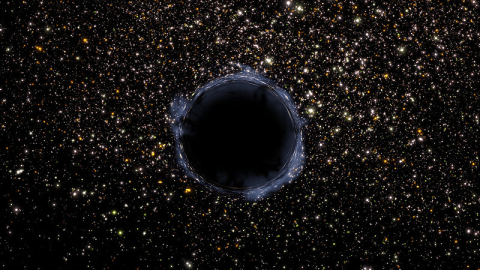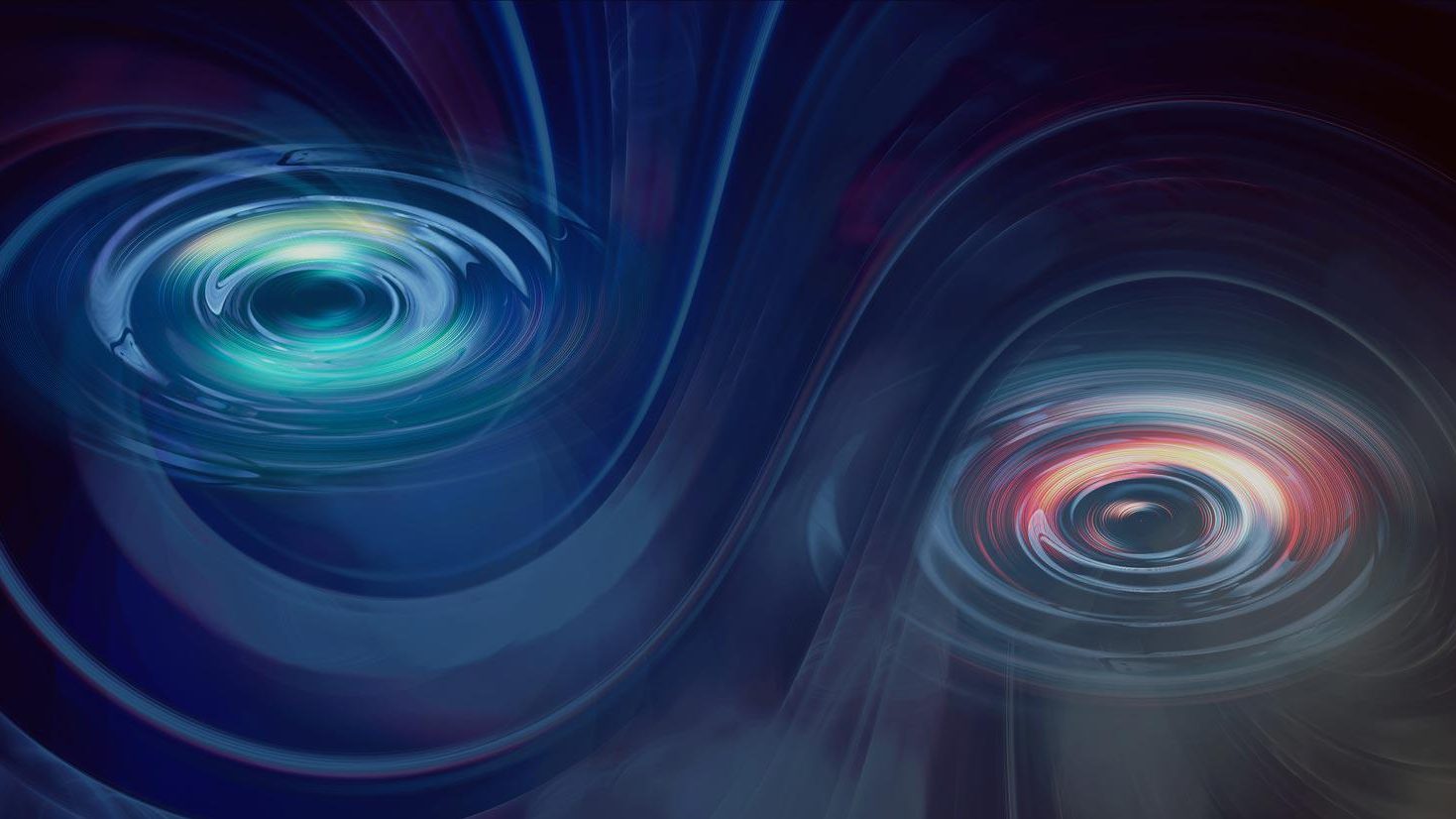Do aliens exist in the multiverse? New studies show it’s way more likely than scientists thought

Life could be a common phenomenon in many universes beyond our own, suggest a pair of new papers that examine the effects dark energy has on star formation.
The findings center on multiverse theory, which is an idea first proposed in the 1980s that proposes our universe is one of many. Scientists have proposed various theories for the nature of the multiverse, but all hold that each universe abides by a different set of physical laws.
What seems special about our universe is that it appears to have a near-perfect amount of dark energy—a mysterious, invisible force that’s causing our universe to expand at an ever-accelerating rate, sort of like the opposite of gravity. Scientists generally think that having too much or too little dark energy in a universe would make it impossible for stars—and, therefore, life—to form.
“For many physicists, the unexplained but seemingly special amount of dark energy in our Universe is a frustrating puzzle,” said Jaime Salcido, study leader and postgraduate student in Durham University’s Institute for Computational Cosmology.
Now, scientists think there might be more wiggle room in the amount of dark energy a universe can have before star formation becomes impossible. A team of researchers from England, Australia and the Netherlands used a program called Evolution and Assembly of Galaxies and their Environments to create simulated universes, each with a different amount of dark energy than our own.
The experiments show that you can increase the amount of dark energy in a universe by as much as a factor of 50 without destroying its ability to form galaxies, stars, and planets.
“Our simulations showed that the accelerated expansion driven by dark energy has hardly any impact on the birth of stars, and hence places for life to arise,” study co-author Pascal Elahi, a research fellow at the University of Western Australia, said in a statement. “Even increasing dark energy many hundreds of times might not be enough to make a dead universe.”
This implies that, if the multiverse exists, there are many more potentially life-supporting universes than previously thought.
“Our simulations show that even if there was much more dark energy or even very little in the Universe then it would only have a minimal effect on star and planet formation, raising the prospect that life could exist throughout the Multiverse,” said Salcido.
However, these unexpected results could also signal a flaw in multiverse theory, considering one of the key reasons scientists subscribe to it is its ability to explain why our universe appears to be finely tuned, or special. The reasoning goes like this:
There are many universes. Some contain physical laws that render life impossible. Ours, however, won the cosmic lottery with its rare and hospitable physical laws—particularly in its “perfect” levels of dark energy. It makes sense statistically that, if universes keep popping up throughout the multiverse, you’ll eventually come across one with these lucky characteristics.
But the new findings suggest our universe isn’t as special as some scientists thought.
“We have found in our simulations that universes with much more dark energy than ours can happily form stars. So why such a paltry amount of dark energy in our Universe?” asked study co-author Professor Richard Bower of Durham University.
“I think we should be looking for a new law of physics to explain this strange property of our Universe, and the Multiverse theory does little to rescue physicists’ discomfort.”
You can access the papers here and here.





